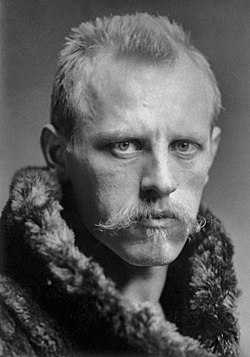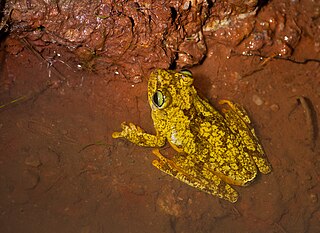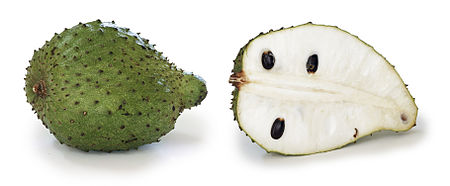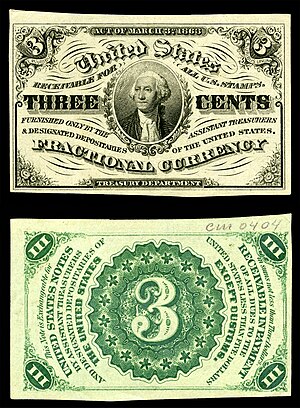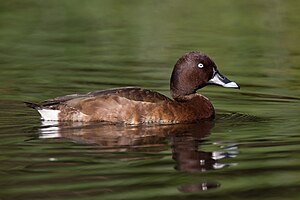| This is the template test cases page for the sandbox of Template:Portal POTD. to update the examples. If there are many examples of a complicated template, later ones may break due to limits in MediaWiki; see the HTML comment "NewPP limit report" in the rendered page. You can also use Special:ExpandTemplates to examine the results of template uses. You can test how this page looks in the different skins and parsers with these links: |
Regular images edit
{{Portal POTD|2010-10-10}}
{{Portal POTD}}
{{Portal POTD|2011-10-10}}
{{Portal POTD}}
{{Portal POTD|2012-10-10}}
{{Portal POTD}}
Parameter "more" edit
|more=Main Page & Template:POTD/2013-10-10{{Portal POTD|2013-10-10 |more=[[Main Page]]}}
{{Portal POTD}}
|more=no & Template:POTD/2014-10-10{{Portal POTD|2014-10-10 |more=no}}
{{Portal POTD}}
Edge cases edit
{{Portal POTD|2014-02-20 |more=no}}
{{Portal POTD}}
<div>...</div> Template:POTD/2020-06-02/1{{Portal POTD|2020-06-02/1}}
{{Portal POTD}}
This picture shows a third-issue three-cent fractional currency note, issued by the United States Department of the Treasury between 5 December 1864 and 16 August 1869, featuring a portrait of George Washington, the first president of the United States, on the obverse. This banknote is in the National Numismatic Collection of the Smithsonian Institution's National Museum of American History.
This picture shows a third-issue three-cent fractional currency note, issued by the United States Department of the Treasury between 5 December 1864 and 16 August 1869, featuring a portrait of George Washington, the first president of the United States, on the obverse. This banknote is in the National Numismatic Collection of the Smithsonian Institution's National Museum of American History.
Two images edit
{{Portal POTD|2020-12-01 |more=no}}
{{Portal POTD}}
{{Portal POTD|2021-03-03 |more=no}}
{{Portal POTD}}


